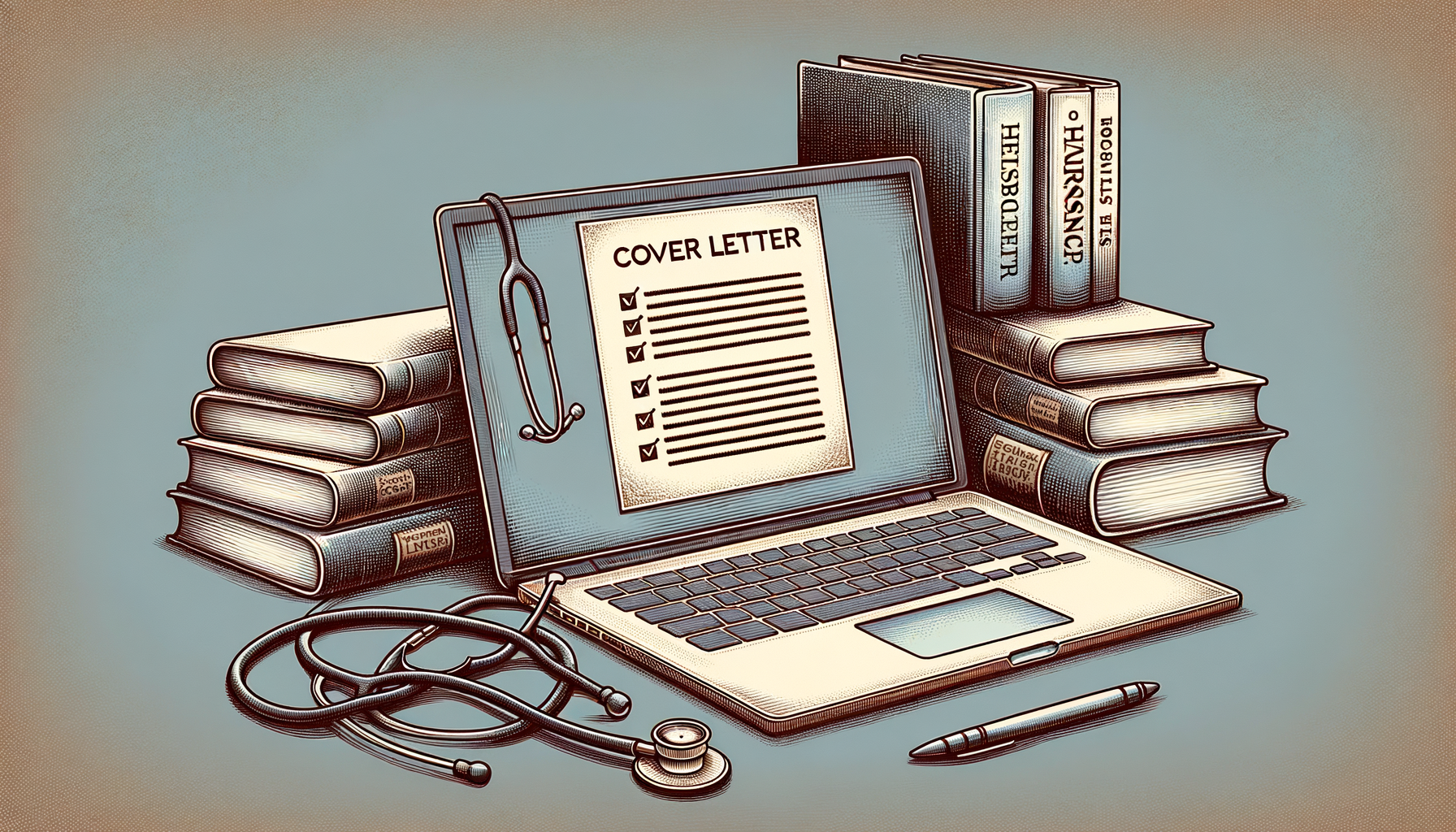Writing a resignation letter is a crucial step in transitioning from one job to another professionally and respectfully. Whether you are leaving for a new opportunity, personal reasons, or career growth, crafting a clear and polite resignation letter can help maintain positive relationships with your employer and colleagues. This guide will walk you through the essential tips, provide useful templates, and share examples to ensure your resignation letter leaves a good impression.
Understanding the Essentials of a Resignation Letter
A resignation letter is a formal document that informs your employer of your intention to leave your current position. It serves as a professional courtesy and a record of your departure. Writing an effective resignation letter involves more than just stating your intent; it requires clarity, professionalism, and tact.
Key aspects to consider when writing your resignation letter include:
- Clear statement of resignation and last working day
- Expression of gratitude towards the employer and colleagues
- Brief explanation of your reason for leaving (optional)
- Offer to assist with the transition process
- Maintaining a positive and professional tone throughout
How to Write a Resignation Letter Tips Templates Examples - Step by Step
Following a structured approach to writing your resignation letter can make the process smoother and ensure you cover all necessary points. Below is a step-by-step guide to help you draft a professional resignation letter that reflects well on you as you move forward in your career.
Step 1: Start with a Formal Greeting
Begin your letter by addressing your immediate supervisor or manager by name. Use a formal salutation such as "Dear [Manager's Name]," to set a respectful tone right from the start.
Step 2: Clearly State Your Intent to Resign
In the opening paragraph, clearly state that you are resigning from your position and include your intended last day of work. This helps avoid any confusion about your departure timeline.
Step 3: Express Gratitude
Take a moment to thank your employer for the opportunities and experiences you have gained during your tenure. This shows professionalism and appreciation, which can help maintain positive relationships.
Step 4: Offer Assistance During the Transition
Offer to help with the transition process, such as training a replacement or completing outstanding projects. This demonstrates your commitment to a smooth handover and leaves a good impression.
Step 5: Close with a Professional Sign-Off
End your letter with a polite closing statement, such as "Sincerely" or "Best regards," followed by your full name. This final touch reinforces your professionalism.
What You Need to Remember
While the step-by-step guide provides a solid framework for writing your resignation letter, there are additional do's and don'ts to keep in mind to ensure your letter is effective and professional.
Do's
- Keep the letter concise and to the point, ideally one page.
- Maintain a positive tone, even if your experience was not entirely favorable.
- Proofread carefully to avoid spelling or grammatical errors.
- Deliver the letter in person if possible, or via email if remote.
- Follow company policies regarding resignation notice periods.
Don'ts
- Avoid airing grievances or negative comments about the company or colleagues.
- Do not include detailed reasons for leaving unless appropriate and professional.
- Refrain from making demands or ultimatums in your letter.
- Don't forget to keep a copy of your resignation letter for your records.
- Avoid delaying your resignation notice unnecessarily.
Following these guidelines can significantly improve your chances of leaving on good terms and preserving your professional reputation. A well-crafted resignation letter can also serve as a valuable reference point for future job applications and networking.
Frequently Asked Questions
- How much notice should I give in my resignation letter? Typically, a two-week notice is standard, but check your employment contract or company policy for specific requirements.
- Is it necessary to explain why I am leaving? No, it is not mandatory. You can keep your explanation brief or omit it entirely if you prefer.
- Can I resign via email? Yes, especially if you work remotely or cannot meet in person. Ensure your email is professional and follows the same structure as a formal letter.
- Should I mention my next job in the resignation letter? It is optional. If you choose to mention it, keep it positive and professional without going into too much detail.
- What if I want to leave immediately? Leaving without notice can harm your professional reputation. If urgent, discuss the situation with your employer to find a mutually agreeable solution.
Conclusion
Writing a resignation letter is an important step in your career journey that requires careful thought and professionalism. By following the step-by-step guide and keeping key do's and don'ts in mind, you can craft a resignation letter that reflects well on you and helps maintain positive relationships with your employer. When you are ready, use the templates and tips provided here as a starting point to create your own personalized resignation letter and take the next step confidently in your career.






